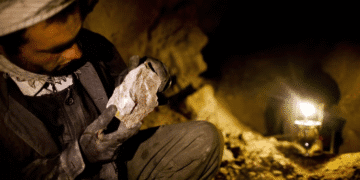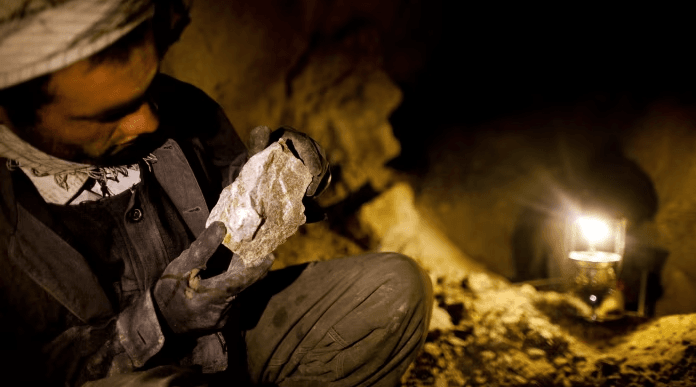DBT Bureau
Pune, 12 Oct 2025
Afghanistan is sitting on a treasure worth more than $1 trillion — vast reserves of rare earth metals, lithium, copper, and other critical minerals that could reshape the global energy and technology landscape. But these riches are now under the control of the Taliban.
Supplies of minerals such as iron, copper and gold are scattered across provinces. There are also rare earth minerals and, perhaps most importantly, what could be one of the world’s biggest deposits of lithium — an essential but scarce component in rechargeable batteries and other technologies vital to tackling the climate crisis.
For India, these resources are of immense strategic importance. The country relies heavily on China for rare earth elements used in smartphones, electric vehicles, wind turbines, and defense systems. Access to Afghanistan’s mineral wealth could help India cut its dependence and support its Make in India and clean energy goals.
Geologists have identified the Helmand province as one of the richest areas, containing rare earths, lithium, and other high-value resources. However, challenges like poor infrastructure, and international restrictions make mining nearly difficult for now.
Still, analysts believe that if conditions stabilize, India could emerge as a key partner in tapping Afghanistan’s mineral potential — unlocking a new chapter in South Asia’s economic and energy future.




















